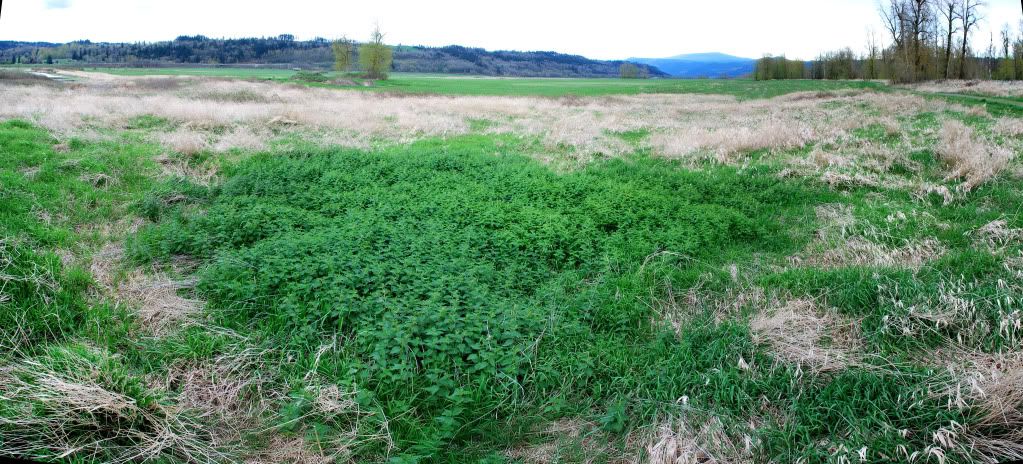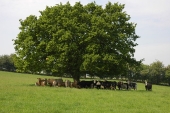








 You're RICH! ahhahah
You're RICH! ahhahah
Our Microgreens: http://www.microortaggi.it





 1
1




 Or several years of continuous tillage and clean cultivation...
Or several years of continuous tillage and clean cultivation...
Paul Cereghino- Ecosystem Guild
Maritime Temperate Coniferous Rainforest - Mild Wet Winter, Dry Summer









Paul Cereghino- Ecosystem Guild
Maritime Temperate Coniferous Rainforest - Mild Wet Winter, Dry Summer




Paul Cereghino wrote:I'll look for nettle interactions! I think of nettle as a nitrogen indicator. I bet soil moisture and nitrogen levels might affect competition between RCG and nettle, with nettle favoring drier, shadier and more nutrient rich settings, but maybe failing as it gets too wet.. at which point switching over to willow might be better suited... just speculating out loud.
P




Buy Our Book! Food Web: Concept - Raising Food the Right Way. Learn make more food with less inputs
Off Grid Homesteading - latest updates and projects from our off grid homestead





Paul Cereghino- Ecosystem Guild
Maritime Temperate Coniferous Rainforest - Mild Wet Winter, Dry Summer














Sustainable Plantations and Agroforestry in Costa Rica




Brenda
Bloom where you are planted.
http://restfultrailsfoodforestgarden.blogspot.com/















|
I'm full of tinier men! And a tiny ad:
Support permies and give beautiful gifts to gardeners: permaculture playing cards.
https://gardener-gift.com/
|



